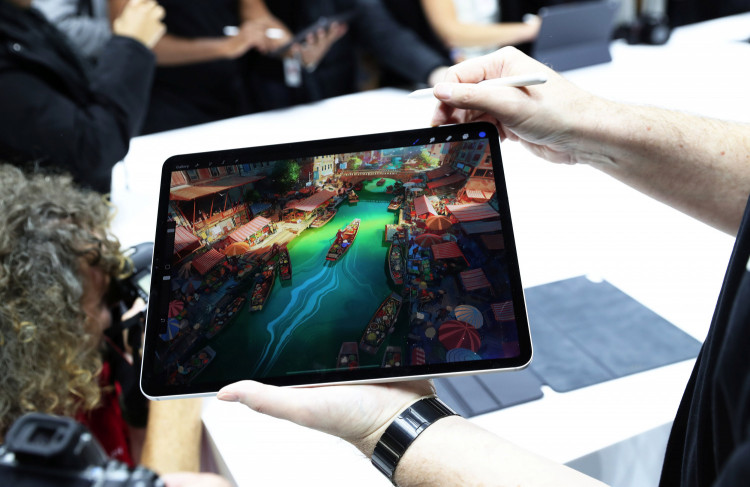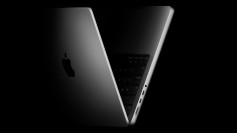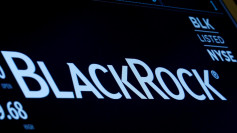We all acknowledge the fact that Jobs revolutionized the world of laptops 10 years ago when he introduced the MacBook Air. He did this by unveiling it from a tiny paper office envelope.
This was an unforgettable moment that shocked the entire audience at Apple's Macworld 2008. Most importantly, the move sent shockwaves through the entire PC market.
Fast forward 10 years later, Apple's MacBook Air has carried the new era for laptops. However, Apple unveiled the latest refresh, which was unleashed earlier this week.
However, I don't mean to demean Apple's ingenuity, but what I'm saying is that last week's model is more a refresh than a revolution. We all know that a silent revolution has been occurring in the Windows laptop space over the past decade.
MacBook Air Used To Dominate
The undisputable hardware from MacBook Air has always been reliable. The combination of different features that made a remarkable laptop was very appealing to user's world over.
On the same note, windows computers were a mess. The majority were built out of plastic, with erratic trackpads that were so unreliable that PC users just got used to the poor experience.
But in 2015 the PC industry finally unveiled an answer to the MacBook Air. Dell's XPS 13 appeared at CES 2015 with an impressive edge-to-edge display, a glass trackpad, and a machined aluminum and carbon fiber design. This marked the revolution when PC makers finally figured out how to compete with the MacBook Air.
Dell's XPS 13
This one was unleashed the same time that Microsoft had just released its Surface Pro 3 and reignited the Mac vs. PC conflict for its marketing campaign.
There are some great windows laptops that you can buy right now, they include devices from Huawei, HP, Microsoft, and Lenovo. The industry appears to have settled on a common 2-in-1 form factor that provides some tablet functionality alongside a more traditional laptop format.
For instance, the HP's Spectre X360 does a good job at this combination, while devices like Microsoft's Surface Laptop 2 and Huawei's MacBook X Pro offer the traditional laptop in a modern touchscreen package.
However, Apple's new MacBook Air doesn't do much to overtake these latest crops of Windows laptops.
There's a new high-resolution display that is included on the MacBook Air, which was a much-needed addition after the existing Air has been available for $999 with a low-resolution non-IPS display for 10 years.
Although Microsoft refreshed its Surface Laptop 2 with Intel's latest quad-core U series processors, Apple has opted for a less powerful dual-core Y series processor inside the new MacBook Air.
Apple Focuses Its Best Hardware On the Ipad Pro
As we probably know, Apple decided to ship the latest generation of its controversial butterfly keyboard on the new MacBook Air. It has also added Touch ID to its latest MacBook Air, although a bigger improvement would be Face ID.
On the other end, Windows 10 introduced support for Windows Hello, to allow you to log into a PC with just your face. Majority of Apple's hardware improvements seem to have been reserved for the iPad Pro. Apple added Face ID to its latest iPad Pro and a powerful A12X processor. It's built on 7nm technology and has an 8-core CPU and 7-core GPU.
According to Apple, the new iPad Pros are faster than 92 percent of all portable PCs sold in the last 12 months. It also claims that the new hardware "delivers Xbox One S-class graphics performance."
All this performance advances on the iPad Pro combined with reduced bezels and Face ID are far more impressive than a refreshed MacBook Air. The new MacBook Air won't drive the laptop market forward significantly, but the iPad Pro is stealthily making advancements.






